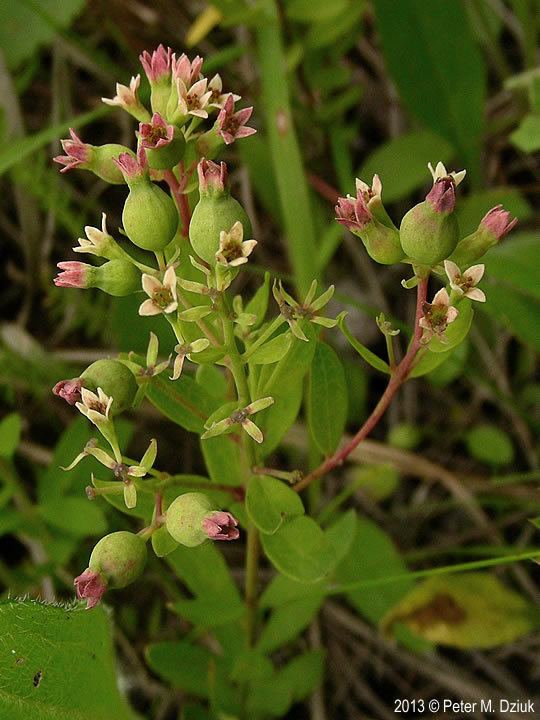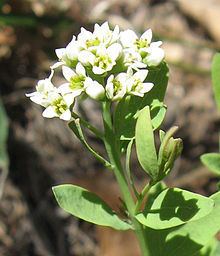Scientific name Comandra umbellata Rank Species | Genus ComandraNutt. Higher classification Comandra | |
 | ||
Similar Geocaulon, Santalaceae, Thesium, Lithospermum canescens, Apocynum androsaemifolium | ||
Comandra fresstyle round 1
Comandra is a monotypic genus containing the single species Comandra umbellata. Its common names include bastard toadflax, umbellate bastard toadflax, and common comandra. The plant has a disjunct distribution; its four subspecies occur in North America and the Mediterranean.
Contents
Comandra bamo pa la calle
Description

Comandra is a perennial herb growing about 8 to 34 cm tall. The leaves are up to 3.3 cm long and are alternately arranged. The flowers lack petals, but have five greenish-white sepals; the flowers are perfect, containing both male and female structures. The flowers are insect-pollinated. The fruit is a drupe 4-6mm thick. It prefers to grow in drier soils.
Subspecies include:


C. umbellata is hemiparasitic; it is not holoparasitic as it obtains some nutrition through photosynthesis. It has a wide host range, parasitizing over 200 known plant species. These include: Acer, Antennaria, Aster, Betula, Carex, Solidago, Fragaria, Populus, oaks, Rosa, Rubus, Vaccinium and some grasses.
In Europe the common English name bastard toadflax is used for plants of the genus Thesium.
Uses

A decoction of the plant parts was made by the Navajo people for narcotic and other medicinal usage. In times of food shortage, the berries were used by Native Americans as a food source, and though small, they have a sweet taste.
Pathogens

C. umbellata is the alternate host for the comandra blister rust (Cronartium comandrae), a rust fungus that affects pine species in North America. Comandra blister rust can cause tree losses of up to 7% in some regions where it is common.
When C. umbellata is infected by the rust aeciospores from the pine host, yellow, blister-like spots bearing urediniospores appear on the leaves of the plant within 20 days. In the following weeks, teliospores develop on brown, hairlike telia that germinate to produce basidiospores, the fungal life stage capable of infecting pines.
